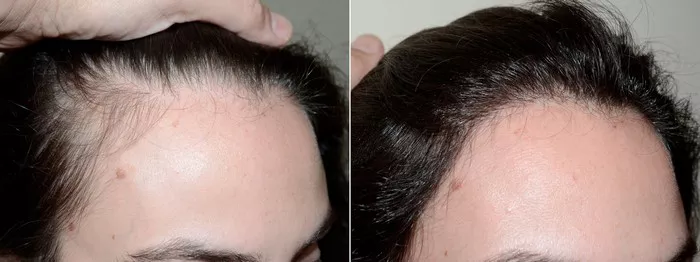Hair transplant surgery is a significant step for individuals seeking to restore their hair and confidence. While the procedure itself is relatively straightforward, the recovery period requires careful attention to ensure optimal results. One common concern among those who undergo hair transplant surgery is when they can resume their regular exercise routine. In this article, we will explore the factors that influence the timing of post-transplant exercise and provide guidelines for a safe and effective recovery.
Immediate Post-Transplant Period: Rest and Recovery
In the immediate aftermath of a hair transplant, the body undergoes a healing process that is crucial for the success of the procedure. The first few days are critical for the implanted hair follicles to establish a connection with the blood supply and integrate into the scalp. During this time, it is essential to prioritize rest and avoid activities that may increase blood flow to the scalp, potentially jeopardizing the grafts.
The Initial Two Weeks: Patience is Key
The initial two weeks post-transplant are crucial for graft survival. While light physical activities such as walking are generally encouraged, more strenuous exercises should be avoided. Intense workouts can lead to increased blood pressure and sweating, which may negatively impact the newly transplanted hair follicles. It is advisable to wait until the two-week mark before considering a return to regular exercise.
Listen to Your Body: Individual Recovery Variations
Every individual’s body responds differently to surgery, and the rate of recovery can vary. Therefore, it is essential to listen to your body and follow the specific instructions provided by your surgeon. Some individuals may feel ready to resume exercise sooner, while others may need more time. It is crucial not to rush the process to avoid potential complications.
Three to Four Weeks Post-Transplant: Gradual Resumption of Exercise
After the initial two weeks, most individuals can begin to gradually reintroduce exercise into their routine. However, it is crucial to start slowly and focus on low-impact activities. Light cardiovascular exercises such as walking or cycling can be excellent choices during this period. Avoid activities that involve heavy lifting or strain on the upper body to prevent any unnecessary stress on the healing scalp.
Avoid Sweating: A Key Consideration
Excessive sweating can be detrimental to the healing process after a hair transplant. Sweat contains salt, which can irritate the scalp and potentially harm the grafts. Therefore, it is advisable to choose exercises that do not induce profuse sweating during the initial weeks of recovery. As your scalp heals, and the grafts become more secure, you can gradually increase the intensity of your workouts.
Four to Six Weeks: Assessing Readiness for Full Exercise
By the four to six-week mark, most individuals can consider resuming their regular exercise routine, with a few precautions in mind. While moderate cardiovascular and strength training exercises are generally acceptable, it is crucial to continue avoiding activities that may directly impact the transplanted area, such as heavy lifting or activities that cause friction on the scalp.
Consult with Your Surgeon: Personalized Guidance
It is imperative to maintain open communication with your surgeon throughout the recovery process. Your surgeon can provide personalized guidance based on the progress of your healing and the specific details of your procedure. They may offer insights into when it is safe to resume specific activities and can address any concerns or complications that may arise.
See Also: The Investment in Hair Transplantation: What You Need To Know
Conclusion: Balancing Patience and Progress
In conclusion, the timing of when you can resume exercise after a hair transplant requires a delicate balance between allowing sufficient time for healing and gradually reintroducing physical activity. Patience during the initial weeks is crucial for the success of the procedure. By following the guidelines provided by your surgeon, listening to your body, and avoiding activities that may compromise the grafts, you can contribute to a smooth and successful recovery process. Remember, the ultimate goal is not only to restore your hair but also to ensure its long-term viability and natural appearance.


